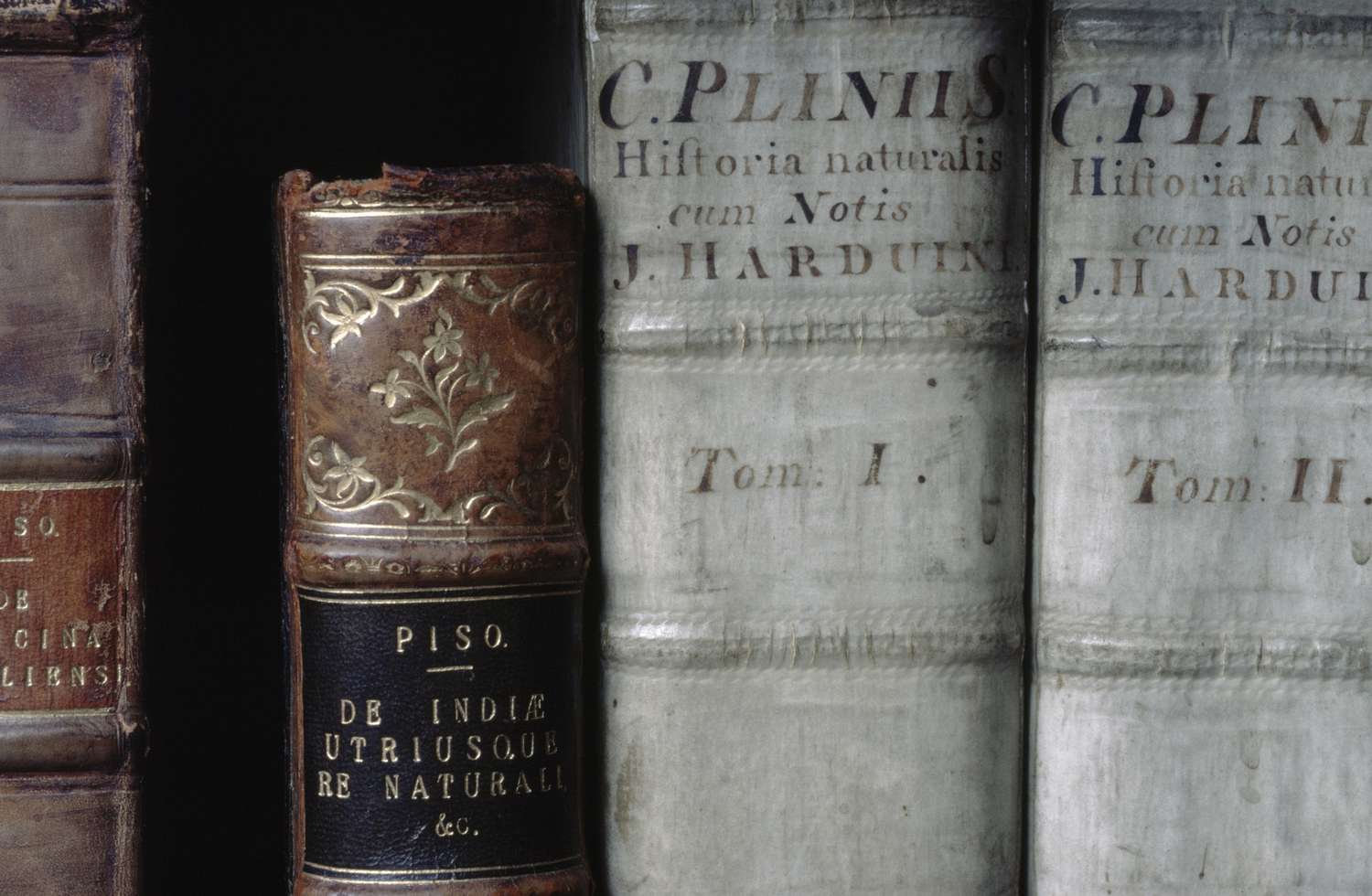
Ever wondered what makes 19th-century fiction so captivating? This era produced some of the most iconic novels and characters that continue to influence literature today. From the dark, brooding landscapes of the Brontë sisters to the social critiques of Charles Dickens, 19th-century fiction offers a rich tapestry of storytelling. Why is this period so significant? It marked a time of great change, reflecting the industrial revolution, evolving social norms, and the complexities of human nature. Want to know more? Let's dive into 22 fascinating facts about 19th-century fiction that will give you a deeper appreciation for these timeless works.
Key Takeaways:
- 19th-century fiction revolutionized storytelling with diverse themes, styles, and techniques, shaping modern literature and influencing social change.
- The enduring impact of 19th-century novels is evident in their adaptations, academic study, cultural references, and ongoing recognition through literary awards.
The Rise of the Novel
The 19th century saw the novel become the dominant literary form. Writers explored new themes, styles, and techniques, creating works that still captivate readers today.
-
Charles Dickens was one of the most famous authors of the 19th century. His serialized novels like "Great Expectations" and "Oliver Twist" were immensely popular.
-
Jane Austen wrote six major novels, including "Pride and Prejudice" and "Sense and Sensibility," which focused on the British landed gentry.
-
Mary Shelley published "Frankenstein" in 1818, a novel that is often considered the first science fiction story.
-
Leo Tolstoy wrote "War and Peace" and "Anna Karenina," two of the greatest novels ever written, exploring Russian society and human nature.
-
Herman Melville's "Moby-Dick" was published in 1851, though it was not widely appreciated until the 20th century.
Themes and Styles
19th-century fiction often tackled social issues, human psychology, and the complexities of life. Authors experimented with narrative techniques and character development.
-
Realism became a prominent style, focusing on everyday life and ordinary people. Authors like Gustave Flaubert and George Eliot were key figures in this movement.
-
Romanticism emphasized emotion, nature, and individualism. Writers like the Brontë sisters and Nathaniel Hawthorne were influenced by this style.
-
Naturalism took realism a step further, depicting life with a more scientific and detached approach. Émile Zola was a leading naturalist writer.
-
Gothic fiction remained popular, with its dark, mysterious settings and supernatural elements. Bram Stoker's "Dracula" is a prime example.
-
Social commentary was a common theme, with authors like Charles Dickens and Elizabeth Gaskell highlighting the struggles of the poor and working class.
Innovations in Narrative Techniques
Authors in the 19th century experimented with new ways of telling stories, influencing the development of modern literature.
-
Stream of consciousness was an early narrative technique used by writers like James Joyce and Virginia Woolf to depict the flow of thoughts and feelings.
-
Multiple perspectives allowed authors to present different viewpoints within a single story. "Wuthering Heights" by Emily Brontë is a notable example.
-
Unreliable narrators added complexity to stories, making readers question the truth of the narrative. Henry James often employed this technique.
-
Serial publication was a common practice, with novels released in installments in magazines or newspapers. This method helped authors reach a wider audience.
Impact on Society
19th-century fiction not only entertained but also influenced social change and cultural norms.
-
Uncle Tom's Cabin by Harriet Beecher Stowe played a significant role in shaping public opinion about slavery in the United States.
-
Women's rights were a recurring theme, with authors like Charlotte Brontë and Louisa May Alcott advocating for gender equality through their works.
-
Industrialization and its effects on society were explored in novels like Elizabeth Gaskell's "North and South" and Charles Dickens' "Hard Times."
-
Colonialism and its impact on both colonizers and the colonized were depicted in works like Joseph Conrad's "Heart of Darkness."
Enduring Legacy
The novels of the 19th century continue to be read, studied, and adapted, proving their lasting impact on literature and culture.
-
Adaptations of 19th-century novels into films, TV series, and stage plays have kept these stories alive for new generations.
-
Literary awards and honors often recognize works that draw inspiration from 19th-century fiction, highlighting its ongoing influence.
-
Academic study of 19th-century literature remains a significant field, with scholars analyzing themes, styles, and historical context.
-
Cultural references to 19th-century novels and characters are common in modern media, demonstrating their enduring relevance.
The Last Word on 19th Century Fiction
19th-century fiction shaped literature in ways still felt today. Authors like Charles Dickens, Jane Austen, and Mark Twain created timeless works that continue to captivate readers. These stories often tackled social issues, offering a window into the era's struggles and triumphs. From the gothic horror of Mary Shelley's Frankenstein to the romanticism in Emily Brontë's Wuthering Heights, the century produced a diverse range of genres and styles.
Understanding these works provides insight into the human condition and societal norms of the time. They also laid the groundwork for modern storytelling techniques. Whether you're a literature buff or just curious, diving into 19th-century fiction offers a rich, rewarding experience. So, grab a classic novel and see for yourself why these stories have stood the test of time.
Frequently Asked Questions
Was this page helpful?
Our commitment to delivering trustworthy and engaging content is at the heart of what we do. Each fact on our site is contributed by real users like you, bringing a wealth of diverse insights and information. To ensure the highest standards of accuracy and reliability, our dedicated editors meticulously review each submission. This process guarantees that the facts we share are not only fascinating but also credible. Trust in our commitment to quality and authenticity as you explore and learn with us.
